The 123rd Annual Christmas Bird Count
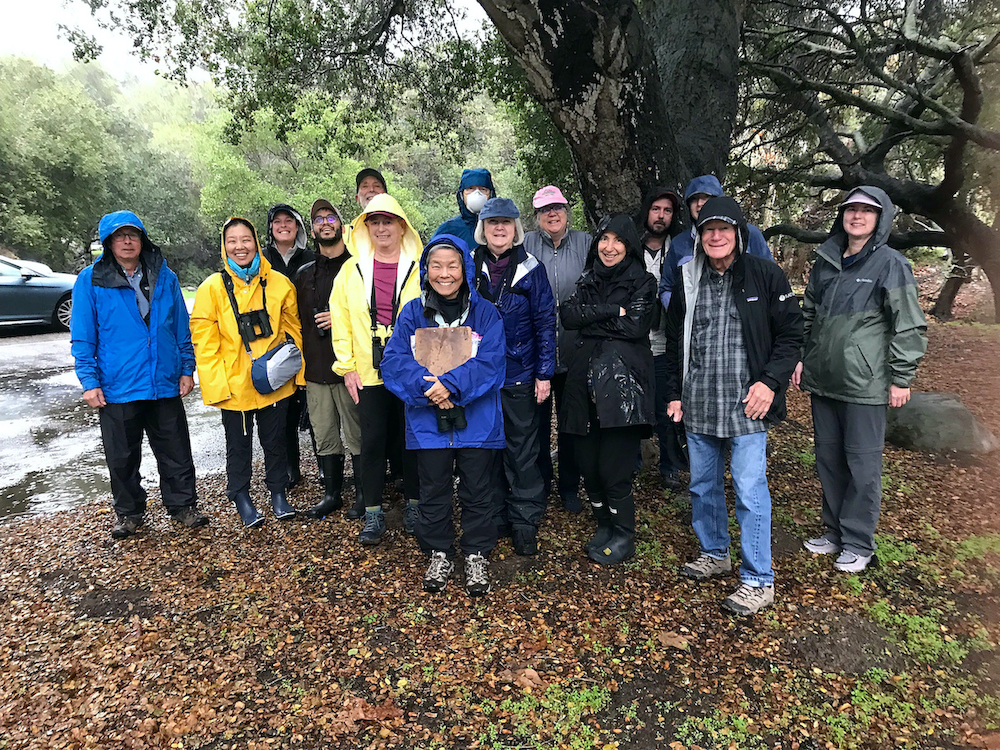
The best time to join the Santa Barbara Audubon Society is at its annual Christmas Bird Count (CBC), where anyone from hobbyist to serious ornithologist can contribute data locally that is then forwarded nationally to track the various bird species, their migratory paths, and population findings. Birds have long been regarded as a barometer for the health of the planet, and although the founding of the “Christmas Bird Count” was not in that frame, it provides profiles of bird population numbers, avian movements, and associated trends, such as climate pressures and the impact of land use policies on birds and other wildlife.
December 31, 2022 marked the 123rd Annual Audubon’s CBC, and locally with volunteer counters spread across the demarcated 15-mile diameter that defines the Santa Barbara County Count. In detail that is a 15-mile diameter count circle, centered at Hwy 154 and Foothill Road, Santa Barbara. Approximate count circle boundaries are: San Ysidro Road on the east, Paradise Road on the north, Coronado Road on the west, and five miles offshore on the south by boat. The count includes sea birding onboard a boat, as well as night birding with volunteers trained in each type of area.
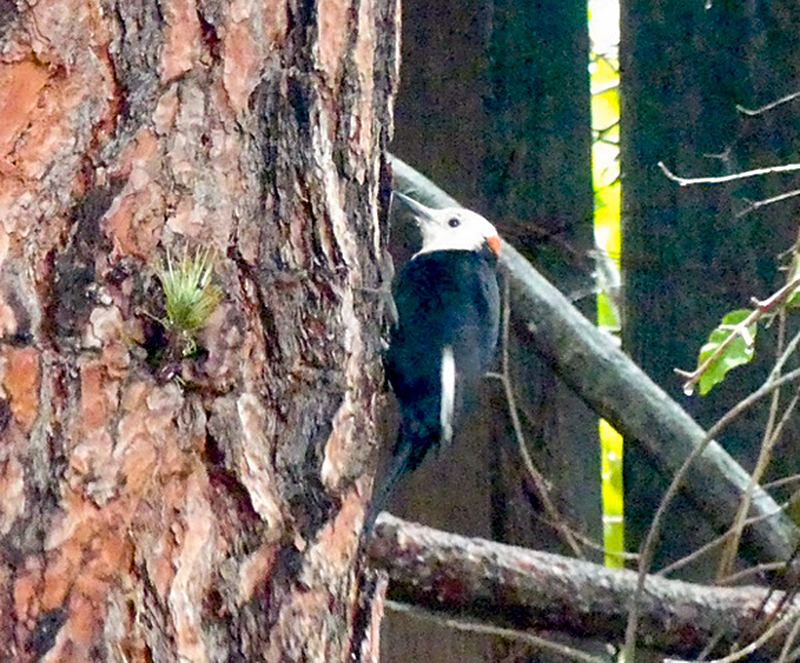
The volunteers, manned with the eBird app, were 140 counting on land and mountain areas, six counting night birds, and 10 counting sea birds, with 25 volunteers from out of town as part of this group. They were led by seasoned veterans of the CBC, namely, Rebecca Coulter, CBC Head Compiler; Liz Muraoka, North Goleta team leader and compiler; Joan Murdoch, Montecito team leader and compiler; Libby Patten,North SB team leader and compiler; Conor McMahon and Linus Blomqvist, South Goleta team leaders and compilers; Wim van Dam,Mountain team leader; and Captain Ben Pitterle, Channel Keeper boat donation; along with Katherine Emery,Executive Director of the SB Audubon Society, and Janice Levasheff,SB Audubon Society Board President. Team master compilers were Glenn Kincaid as the Rarity Mapping Coordinator and eBird compiler, with Chris Coulter as the Tech Master and Zoom Wrangler.
The count day had its share of the rain we’ve been receiving since November with two to four inches, and the team reported that it influenced the number of birds noted, as well as photographs of the birds. Their preliminary count shows 196 species. The past five years data is 203 for 2017, 198 for 2018, 204 for 2019, 206 for 2020, and 194 for 2021.
SBC is always in the top five to 10 count areas nationally, with leaders being Matagorda, Freeport, and Guadalupe River Delta in Texas, and San Diego and Morro Bay, California. Matagorda/Mad Island Marsh, Texas has unofficially reported 214 at this time.
Locally unique birds noted via the 123rd count include:
Sea Birds: Pacific, Common, and Red-throated Loons; Surf, Black, and White-winged Scoters; Northern Fulmar, Parasitic Jaeger, Common Murre, and Sooty/Short-tailed Shearwater; Pacific Golden-Plovers
Owls: Spotted, Northern Saw-Whet, Western Screech, Barn, Great Horned, and Burrowing
Warblers: two MacGillivray’s Warblers, Lucy’s Warbler, Nashville Warbler, Tennessee Warbler, Yellow Warbler
Orioles: Bullocks, Orchard, and Hooded
Woodpecker: White-headed Woodpecker
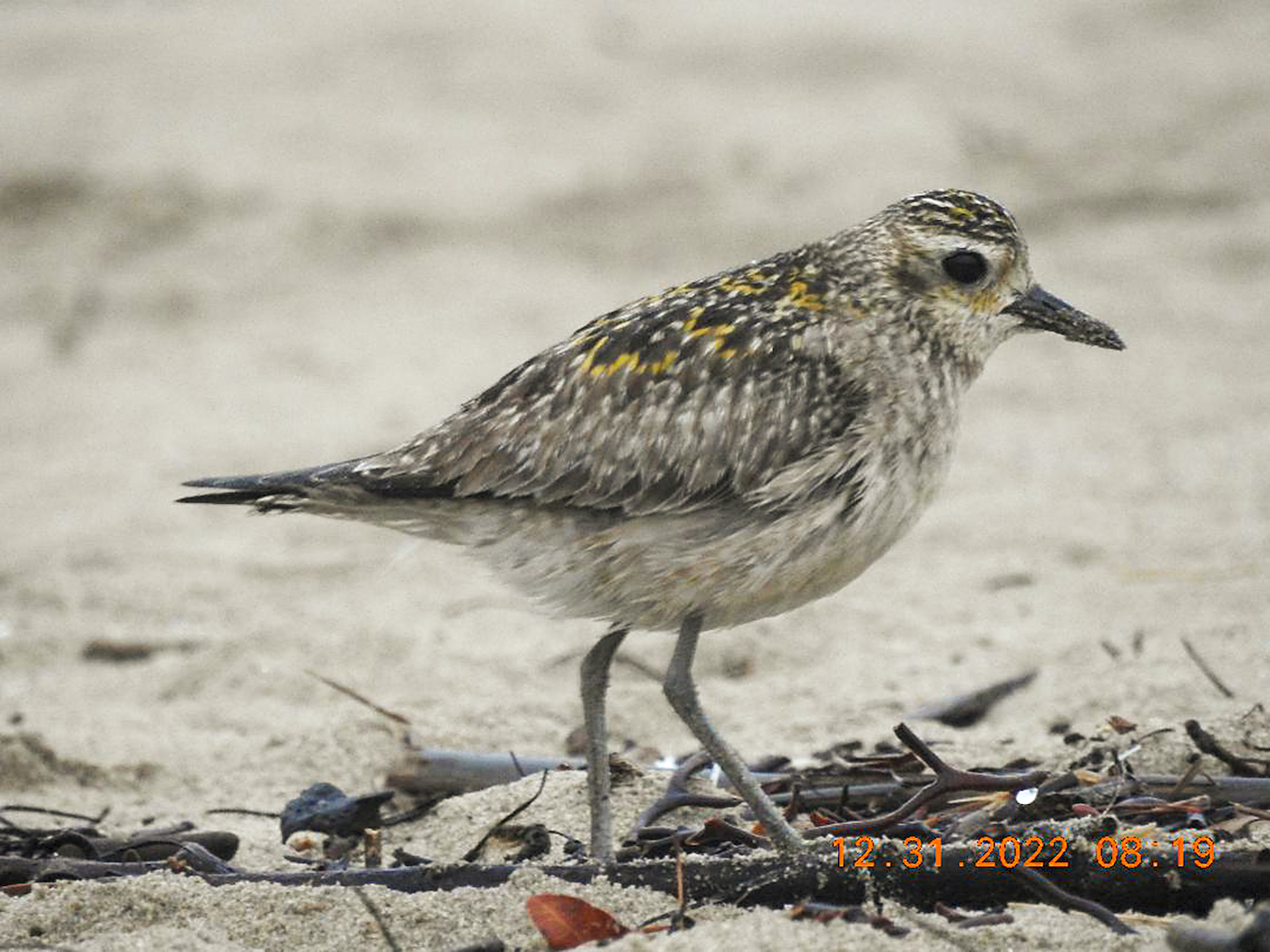
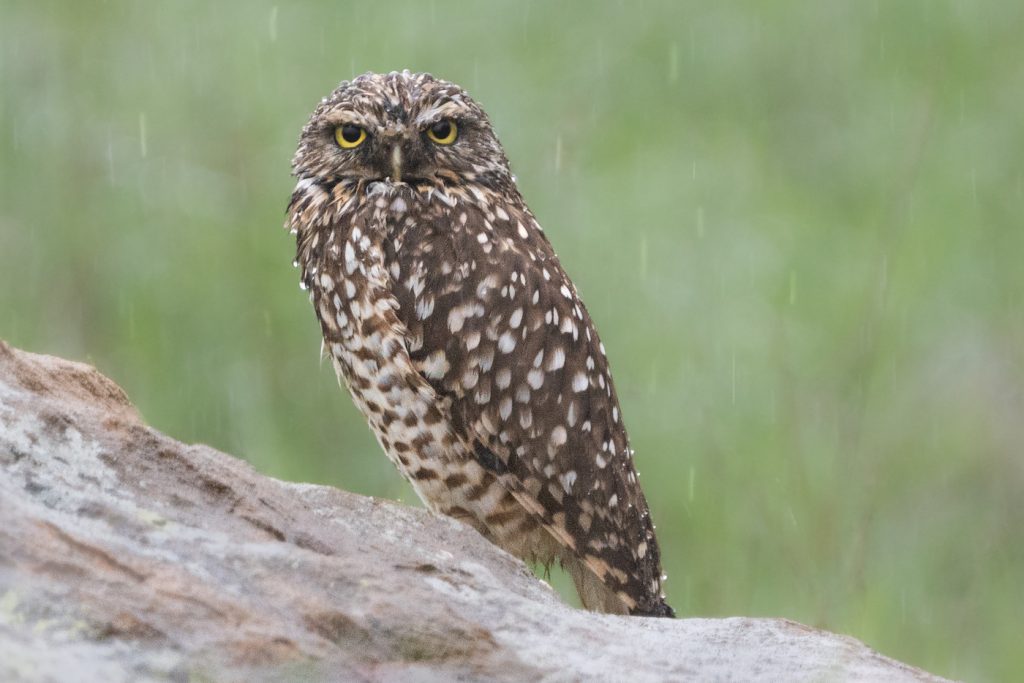
With mentions to species that were missed on count day but present during count week: the Short-eared Owl, Winter Wren, American Bittern, Virginia Rail, Tropical Kingbird, Osprey, Black-throated Gray Warbler, Common Raven, Williamson’s Sapsucker, and White-throated Swift.
To support birds, Coulter instructs,“Maintaining clean feeders and birdbaths is a great way to start learning about birds in our area. Get to know the birds in your yard and neighborhood. It will help you understand their habits, learn when they are here or not (their migratory cycle), and provide hours of enjoyment. Use native plants in your gardens, enjoy your dog walks on-leash, and help maintain our area’s richly diverse habitats that support birds.”
It is of note that, “Historical data and observations of longtime birders have seen the abundance and diversity of birds decline significantly over the years.”
Science data shows that nearly three billion North American birds have disappeared since 1970. [K. V. Rosenberg et al. (2019). Science, 366(6461), 120-124.]
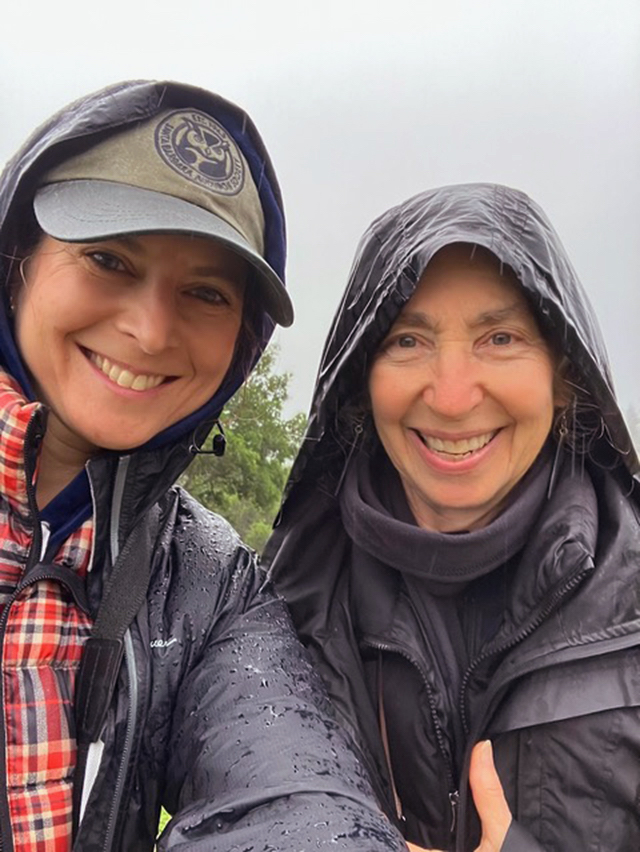
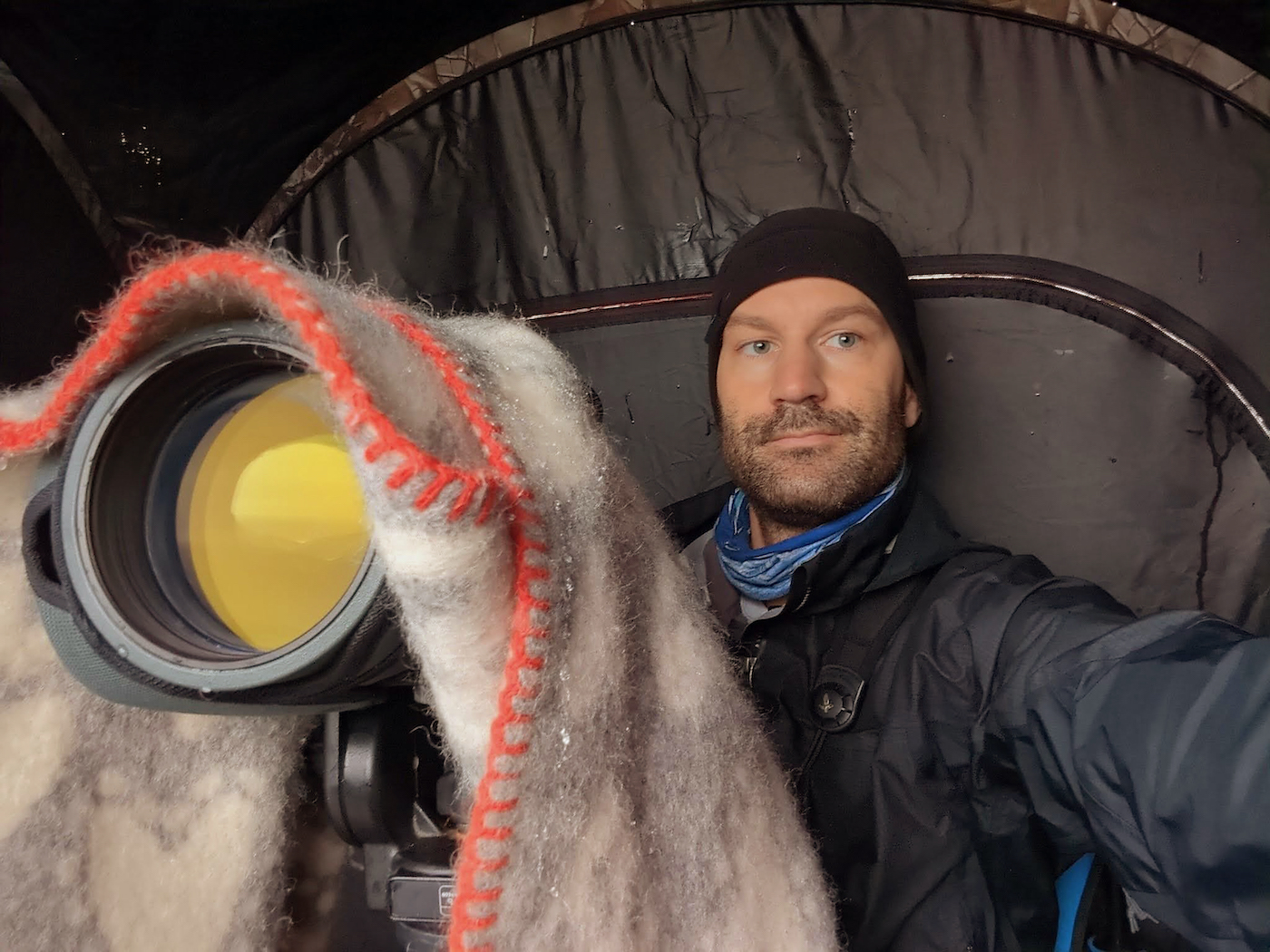
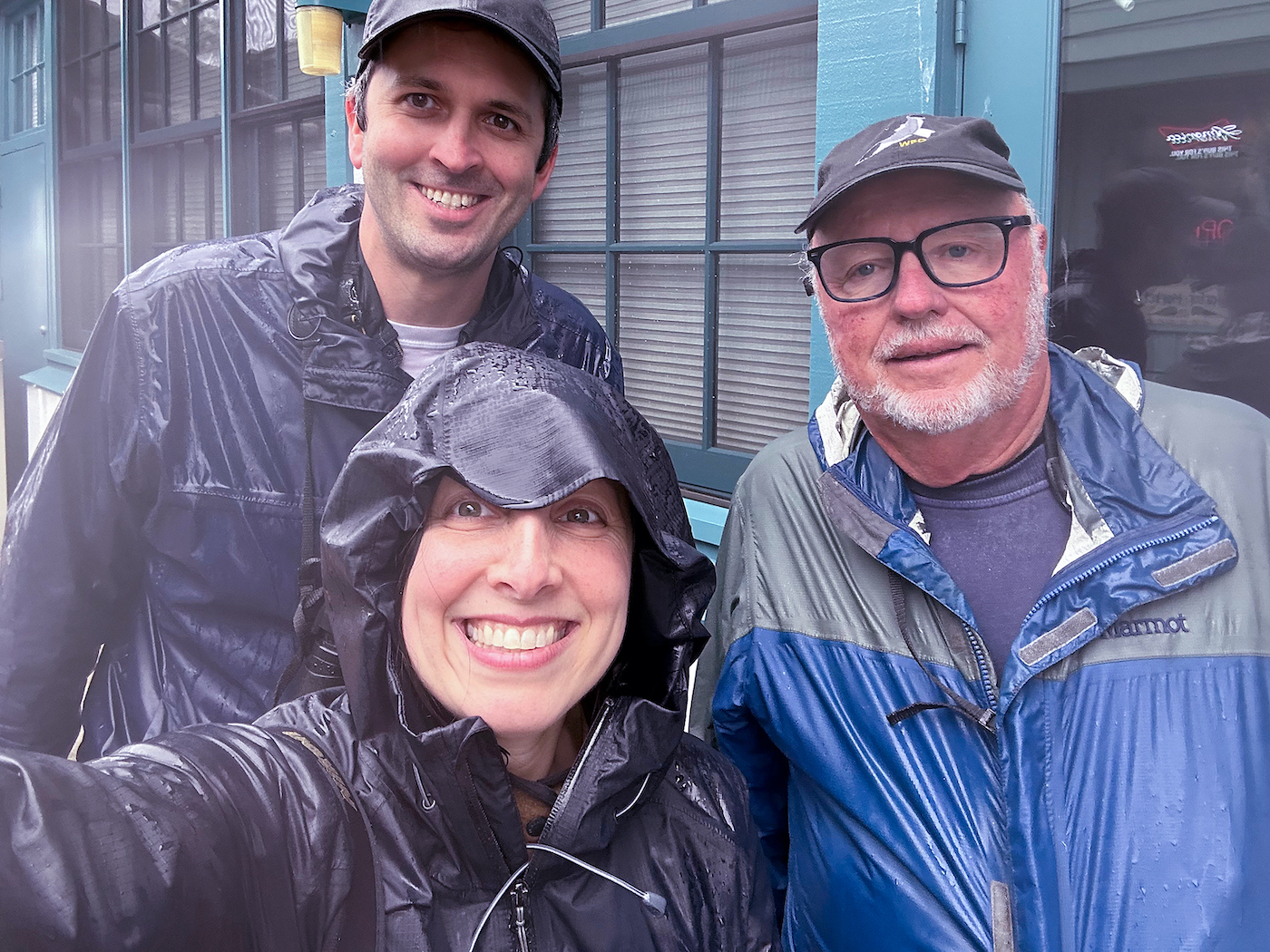
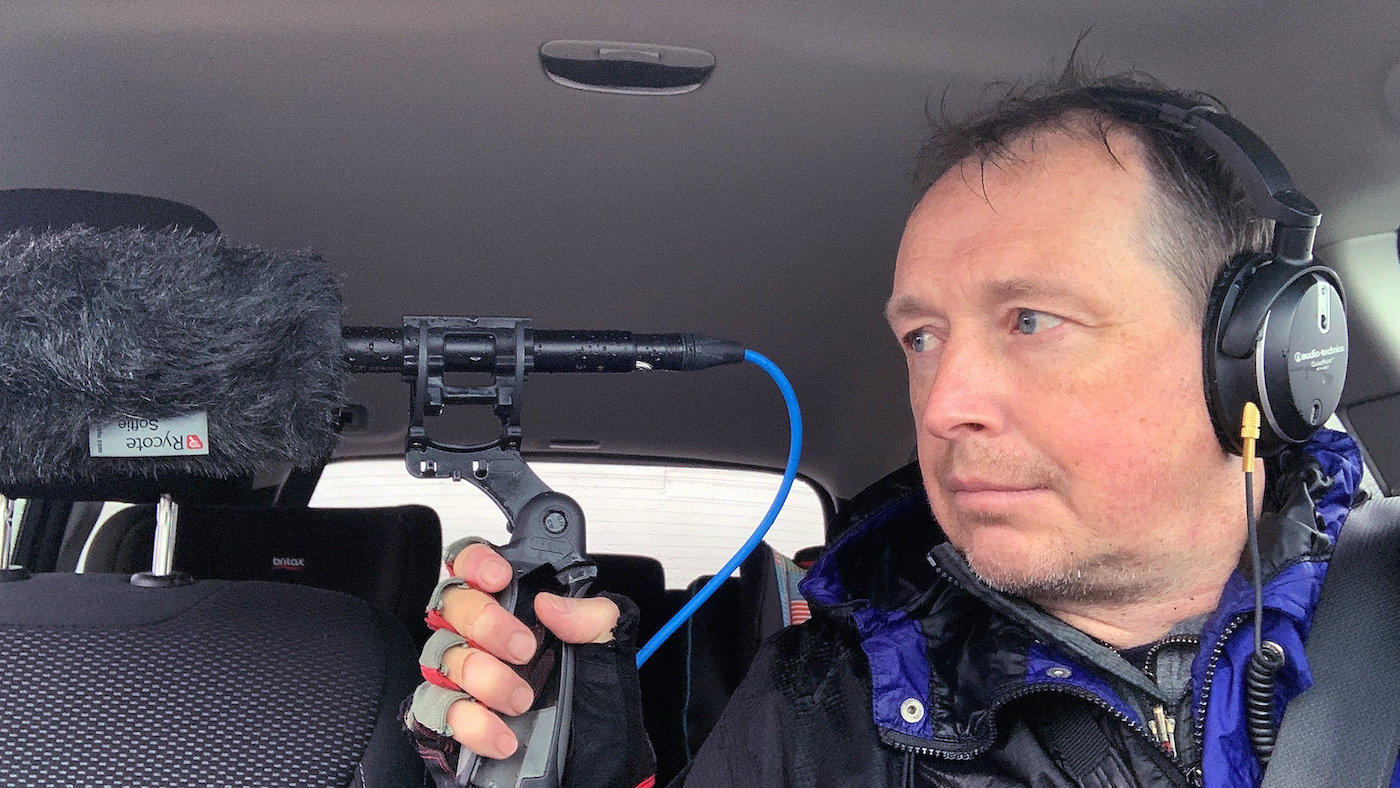
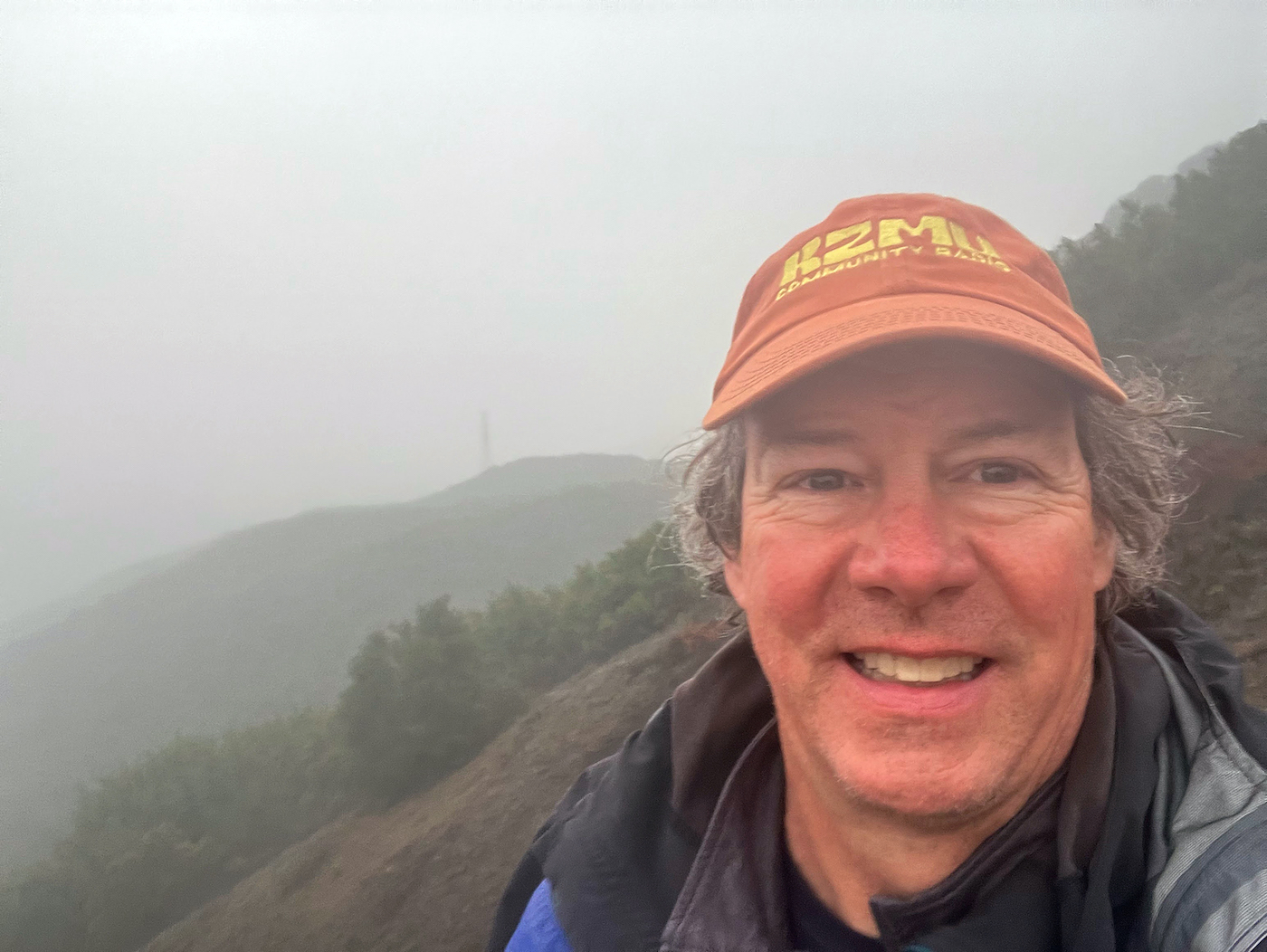
On the bright side, there are immediate ways to protect local birds right now. Christmas Bird Count leaders and the Santa Barbara Audubon Society raise awareness about and appreciation for local birds and habitat.
How to help? You can join Santa Barbara Audubon Society as a chapter member (https://santabarbaraaudubon.org/join-sbas), attend their free Evening Programs, and participate in their fun and educational bird walks and field trips, among other activities. Through outreach and continued strong conservation and science work, we can make a difference in our local community and protect Santa Barbara area birdlife.”
Check out the 411 links where you can Adopt a Bird, learn about Conservation, subscribe to the monthly Audubon magazine, learn the history of the CBC, and find statistical data of the over 2,500 Christmas Bird Count Circles around the world.
411:
www.santabarbaraaudubon.org
www.audubon.org/conservation/science/christmas-bird-count







